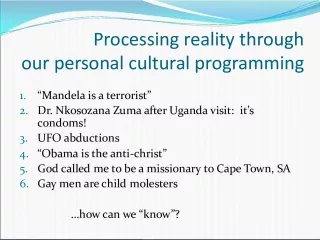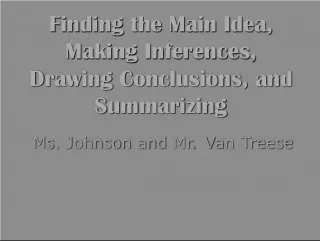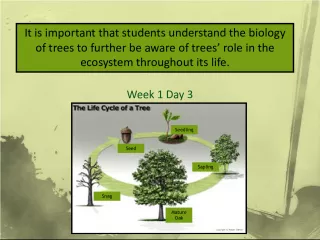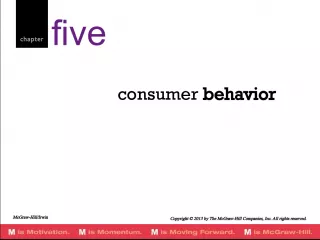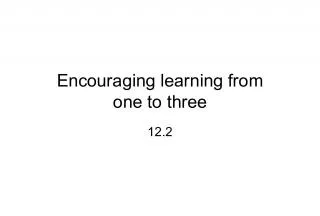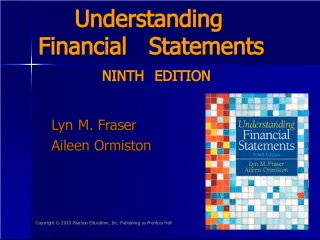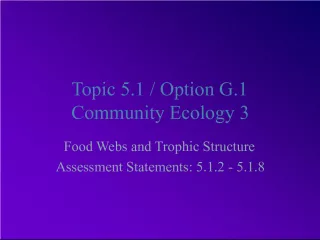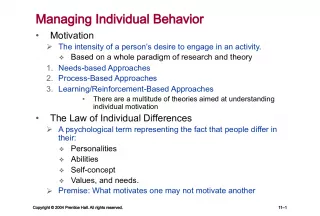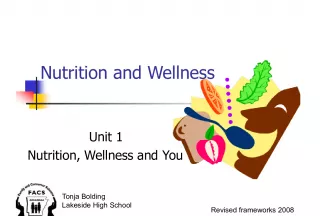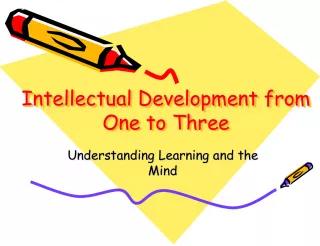Understanding Counselling and Psychotherapy
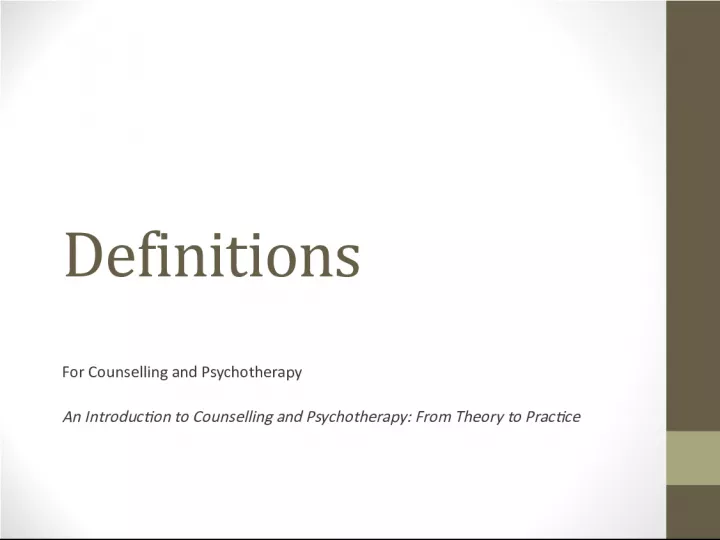

This article provides an introduction to the definitions, theories, and practices of counselling and psychotherapy. It explains the role of trained practitioners who use talking therapies to help individuals improve their mental health and wellbeing.
- Uploaded on | 0 Views
-
 olena
olena
About Understanding Counselling and Psychotherapy
PowerPoint presentation about 'Understanding Counselling and Psychotherapy'. This presentation describes the topic on This article provides an introduction to the definitions, theories, and practices of counselling and psychotherapy. It explains the role of trained practitioners who use talking therapies to help individuals improve their mental health and wellbeing.. The key topics included in this slideshow are counselling, psychotherapy, talking therapy, mental health, wellbeing,. Download this presentation absolutely free.
Presentation Transcript
1. Definitions For Counselling and Psychotherapy An Introduction to Counselling and Psychotherapy: From Theory to Practice
2. Counselling is an umbrella term that covers a range of talking therapies. They are delivered by trained practitioners who work with people over a short or long term to help them bring about effective change or enhance their wellbeing. BACP (British Association for Counselling and Psychotherapy) (2012) What are counselling and psychotherapy? www.bacp.co.uk/crs/education/whatiscounselling.php (accessed 29 May 2012)
3. Counselling is Encourage(s) client growth and development in ways that foster the interest and welfare of clients and promote formation of healthy relationships. Counselors actively attempt to understand the diverse cultural backgrounds of the clients they serve. Counselors also explore their own cultural identities and how these affect their values and beliefs about the counseling process. ACA (American Counseling Association) (2005) ACA Code of Ethics. www.counseling.org/Resources/CodeOfEthics (accessed 29 May 2012)
4. Counselling is mainly, though not exclusively, listening-and-talking based methods of addressing psychological and psychosomatic problems and change, including deep and prolonged human suffering, situational dilemmas, crises and developmental needs, and aspirations towards the realisation of human potential. In contrast to bio-medical approaches, the psychological therapies operate largely without medication or other physical interventions and may be concerned not only with mental health but with spiritual, philosophical, social and other aspects of living. Professional forms of counselling and psychotherapy are based on formal training which encompasses attention to pertinent theory, clinical and/or micro-skills development, the personal development/theory of the trainee, and supervised practice. Feltham, C. (2012 p 3) What Are Counselling and Psychotherapy in C Feltham and I Horton (eds) The SAGE Handbook of Counselling and Psychotherapy London: SAGE
5. Psychotherapy is aims to help clients gain insight into their difficulties or distress, establish a greater understanding of their motivation, and enable them to find more appropriate ways of coping or bring about changes in their thinking and behaviour. Psychotherapy involves exploring feelings, beliefs, thoughts and relevant events, sometimes from childhood and personal history, in a structured way with someone trained to help you do it safely. Depending on the nature of [the] problem, therapy can be short or long term. Sessions can be provided for adults, adolescents and children on a one-to-one basis, or for couples, families and within groups whose members share similar problems. UKCP (United Kingdom Council of Psychotherapy) (2012) About psychotherapy. www.psychotherapy.org.uk/article140.html (accessed 29 May 2012)
6. Counselling Psychology draws upon and seeks to develop phenomenological models of practice and enquiry in addition to that of traditional scientific psychology. It continues to develop models of practice and research, which marry the scientific demand for rigorous empirical enquiry with a firm value base grounded in the primacy of the counselling or psychotherapeutic relationship. These models seek: to engage with subjectivity and intersubjectivity, values and beliefs; to know empathically and to respect first person accounts as valid in their own terms; to elucidate, interpret and negotiate between perceptions and world views but not to assume the automatic superiority of any one way of experiencing, feeling, valuing and knowing; to be practice led, with a research base grounded in professional practice values as well as professional artistry; to recognise social contexts and discrimination and to work always in ways that empower rather than control and also demonstrate the high standards of anti-discriminatory practice appropriate to the pluralistic nature of society today. BPS (British Psychological Society) (2005) Guidelines for Professional Practice in Counselling Psychology. Leicester: BPS. www.bps.org.uk/sites/default/files/documents/professional_practice_guidelines_-_division_of_counselling_psychology.pdf (accessed 29 May 2012)
7. Differences & Similarities Vociferous debate as to the differences or similarities between counselling and psychotherapy In general terms psychotherapy has stronger roots in a medical/psychological model, whereas counsellings are in a social/psychological model Some differences in the structure and provision of training Both offer interventions that can be based in short-term, and longer-term approaches Both can be found in a variety of health and social settings, as well as the third sector The majority of skills cross both definitions The application of counselling and psychotherapy in practice is hard to differentiate.



